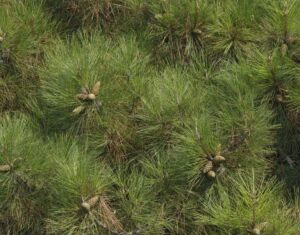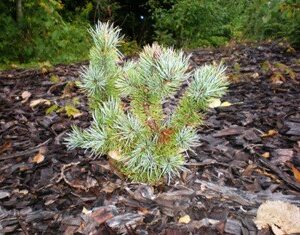Description
Latin Name: Salix sericea
Common Name: Downy Willow, Swamp Willow
Zone: 3-8
Mature Height: Silky willow usually matures to a height of around 6 to 10 feet, with some sources noting it can grow up to 12 feet under ideal conditions. It has a fast growth rate, typically expanding by 1 to 3 feet each year. This rapid growth makes it a great option for quickly establishing coverage in wetland areas or for erosion control. Ensuring adequate moisture and sunlight will promote its healthy development.
Soil/ Climate: Silky willow flourishes in moist to wet soils and favors rich, well-drained conditions. It is commonly found in loamy or sandy soils that retain moisture effectively. The plant grows best in full sun to partial shade.
Notes: The leaves are narrow and lance-shaped with a silky texture, which gives the plant its name. They typically measure 2 to 5 inches in length and are often bright green. In early spring, it produces catkins (flower clusters) that are usually yellowish and emerge before the leaves are fully developed. Silky willow is commonly utilized for stabilizing riverbanks and wetland areas thanks to its extensive root system. It is also sometimes planted in ornamental settings for its appealing foliage and flowers.
Problems: Common silky willow is quite resilient, but it can encounter several challenges. Pests such as aphids may infest the leaves, causing curling and yellowing, while willow leaf beetles can damage the foliage, leading to defoliation. The plant is also susceptible to diseases, including fungal infections like powdery mildew, which can thrive in humid conditions. Additionally, crown and root rot can occur in overly wet environments, particularly if drainage is inadequate. Silky willow can also spread rapidly through suckers and seeds, potentially becoming invasive in certain areas.
Wildlife: Common silky willow is advantageous for a variety of wildlife, offering both food and habitat. Its dense growth provides excellent nesting sites for numerous bird species, including warblers, sparrows, and songbirds. In spring and summer, birds feed on the seeds from the catkins. Small mammals, such as rabbits and deer, may graze on the leaves and young shoots, while larger animals like elk and moose also eat silky willow when it is accessible.
Cold Stream Farm Supplies Silky Willow shrubs which are grown as bare root seedlings and transplants and sold both wholesale and retail with no minimum order.
Additional information on Salix sericea can be found on the link: USDA Plants Database
Sources:







Reviews
There are no reviews yet.